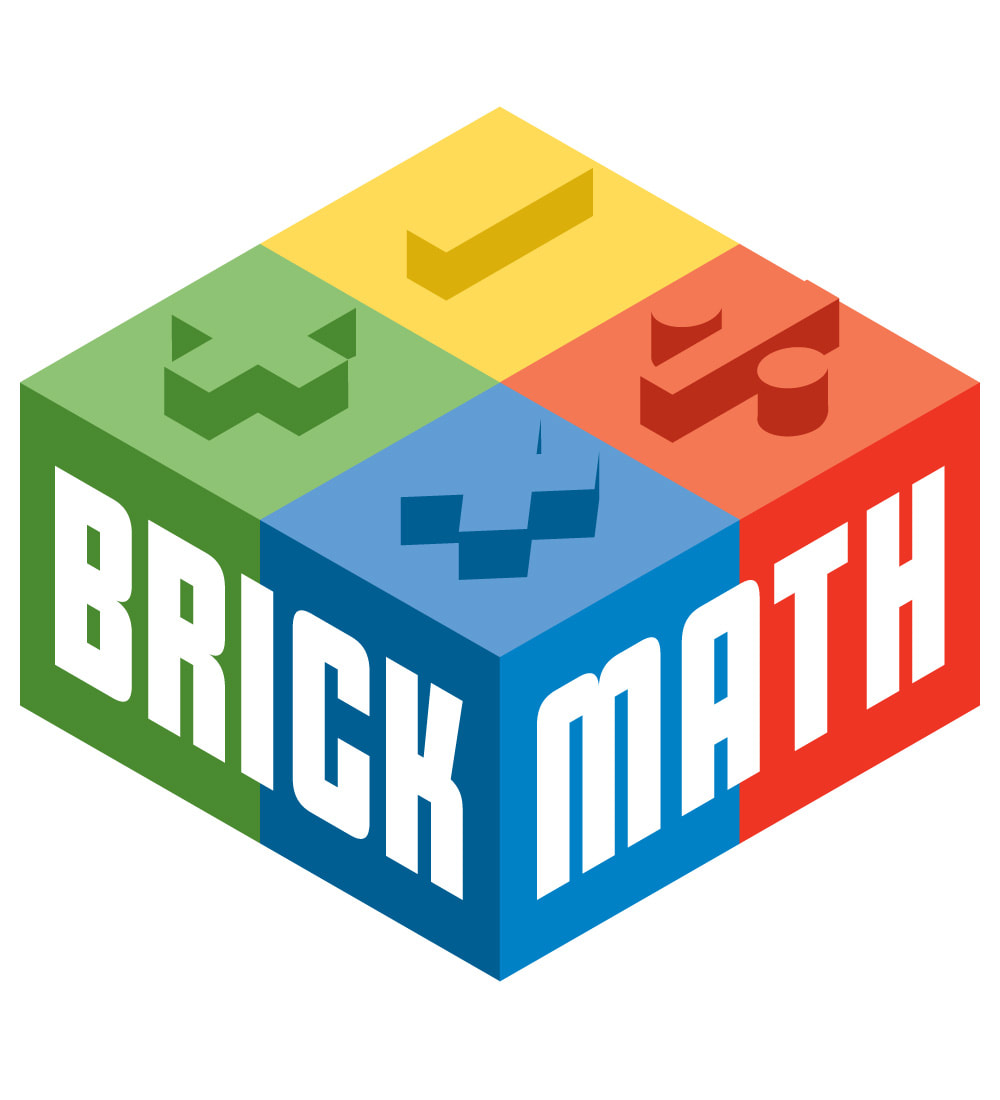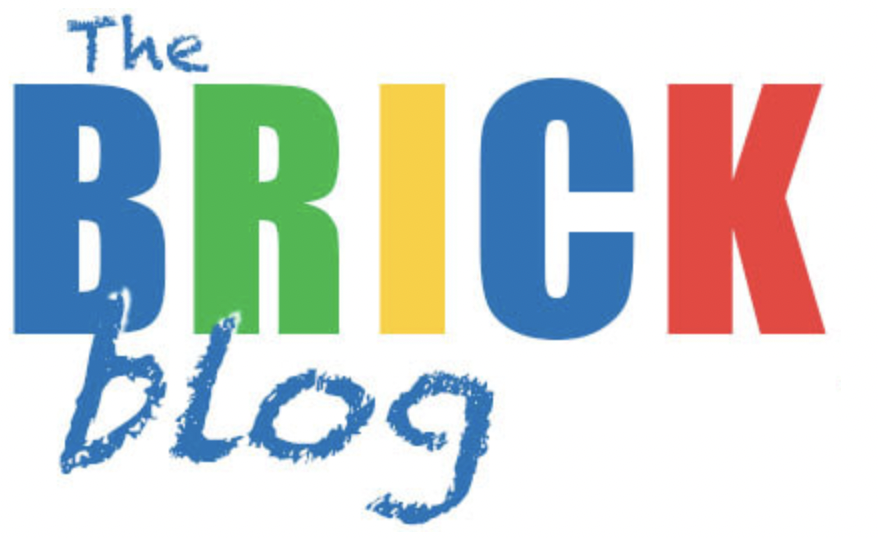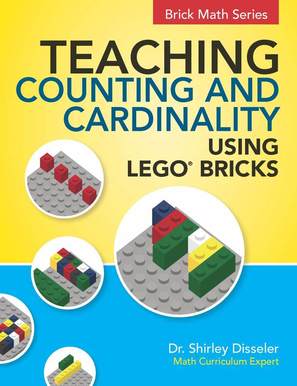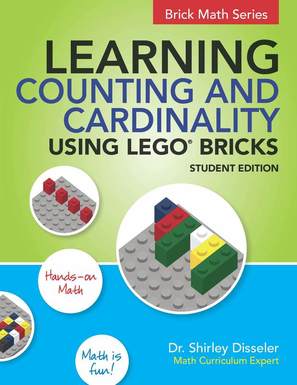|
The fourth book in the Brick Math Series has just been published: Teaching Counting and Cardinality Using LEGO® Bricks, plus its companion Student Edition, Learning Counting and Cardinality Using LEGO® Bricks!
Congratulations to author Shirley Disseler for bringing the series to the K - 2 crowd. It's such a natural to teach the concepts of counting and cardinal numbers using the well-known LEGO® bricks. Young students practice one-to-one correspondence by touching the studs on the bricks and compare "more than" and "less than" by building brick models. The hands-on learning with the bricks, together with Dr. Disseler's step-by-step approach, creates a teaching and learning resource that introduces students to the first mathematical concepts. Next up will be Addition and Subtraction Teaching and Learning books to complete the K - 2 math curriculum, available in June!
0 Comments
New research shows that students can improve their test results by learning math with a hands-on method.
The research was done in conjunction with the Brick Math Series, a new program developed to help students learn math concepts using of LEGO® bricks as a hands-on manipulative. Author Dr. Shirley Disseler, education professor at High Point University, developed this program based on prior research showing that many students learn math more readily with hands-on techniques. (For a summary of the studies see: http://www.brickmathseries.com/how-it-works.html.) In the Brick Math Series, teachers and students build mathematical models with LEGO® bricks to help them understand concepts such as counting, addition, subtraction, multiplication, division, and fractions. Students who used the Brick Math Series showed impressive improvement in their comprehension of math concepts. Test sites include four elementary schools with students in grades 3 – 5 that used the program for the math subjects of multiplication, division, and fractions. The data includes 534 students in rural, suburban, and urban areas. Significant improvement in areas of engagement and time on task as related to performance was noted across all three math subjects. Sites using the fractions curriculum report strong testing results from pre- to post-assessment. The average gain from pre-test to post-test is 7 – 9 points for those utilizing the Brick Math Series program versus more traditional teaching methods. These preliminary results back up teacher and student enthusiasm about this new program. Kelli Coons, an instructional coach, says the program "breathes life back into math instruction." Fifth-grade teacher Jamie Piatt says, "The activities are easy to follow and make learning fun!" Teacher Tina Lupton calls the program "hands-on, engaging, and overall an exciting way to learn math." Students are equally enthusiastic about the Brick Math Series. One student said, "I finally know what a fraction is. I can see it!" Another student asked, "Why doesn't everyone learn math this way?" For more information on the Brick Math Series, go to www.brickmathseries.com. by Dr. Shirley Disseler
Have you ever been in a room where you did not understand what the presenter was saying? Not just because it was difficult information, but because it was in another language? That’s what your ELL (English Language Learner) students may be experiencing in your math class. Students who have limited English proficiency struggle with vocabulary that teachers often see as ordinary. This is particularly true with math because words that are math terms are often something else, too. For example: pie and pi are homophones, product can be something you purchase or the answer to a multiplication problem, and terms like plus sign are used even though they are no longer acceptable in the math world. Because the words are confusing, ELL students need a more hands-on approach. When they have tools to model the math, can draw to show understanding, and view pictures to see how to do things, they have a better chance of math success. They need the three-step process for true math retention — Do-Draw-Write/Explain — to truly comprehend the content. Many teachers are not aware that some ELL students are born right here in the United States. Students living in poverty or in those who do not learn to read well can be part of the ELL category. Some kindergarteners come to school knowing less than 3000 words, and this greatly inhibits their ability to learn math through word problems in context. Using LEGO® bricks to model mathematical thought reduces the stress for ELL students. The universally known product puts students on a more level playing field with their same-aged peers and provides a common conversation for modeling math content. I have seen many ELL students learn to do math with bricks. As they progress, they demonstrate true understanding of mathematical processes and conceptual ideas. Using the bricks is a great way to put students at ease with the learning process to build their confidence and spark engagement and motivation in the classroom. |
Categories
All
Archives
July 2024
|




